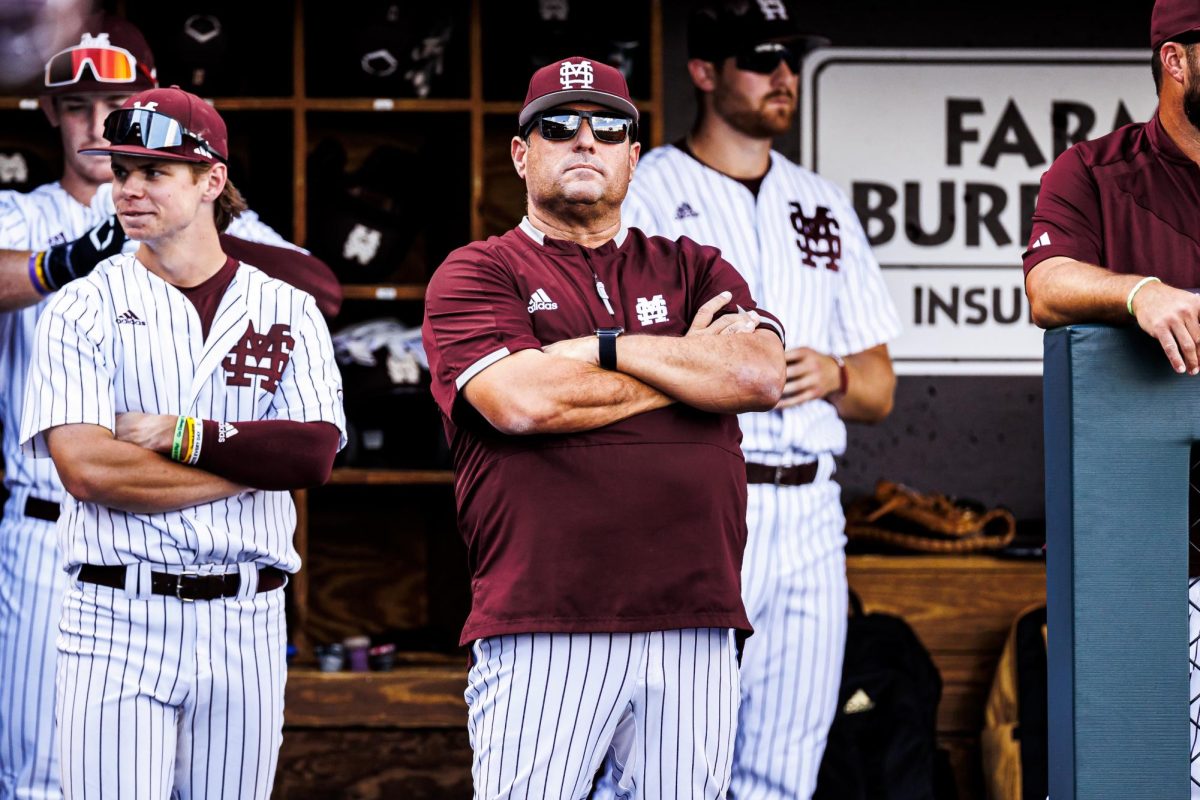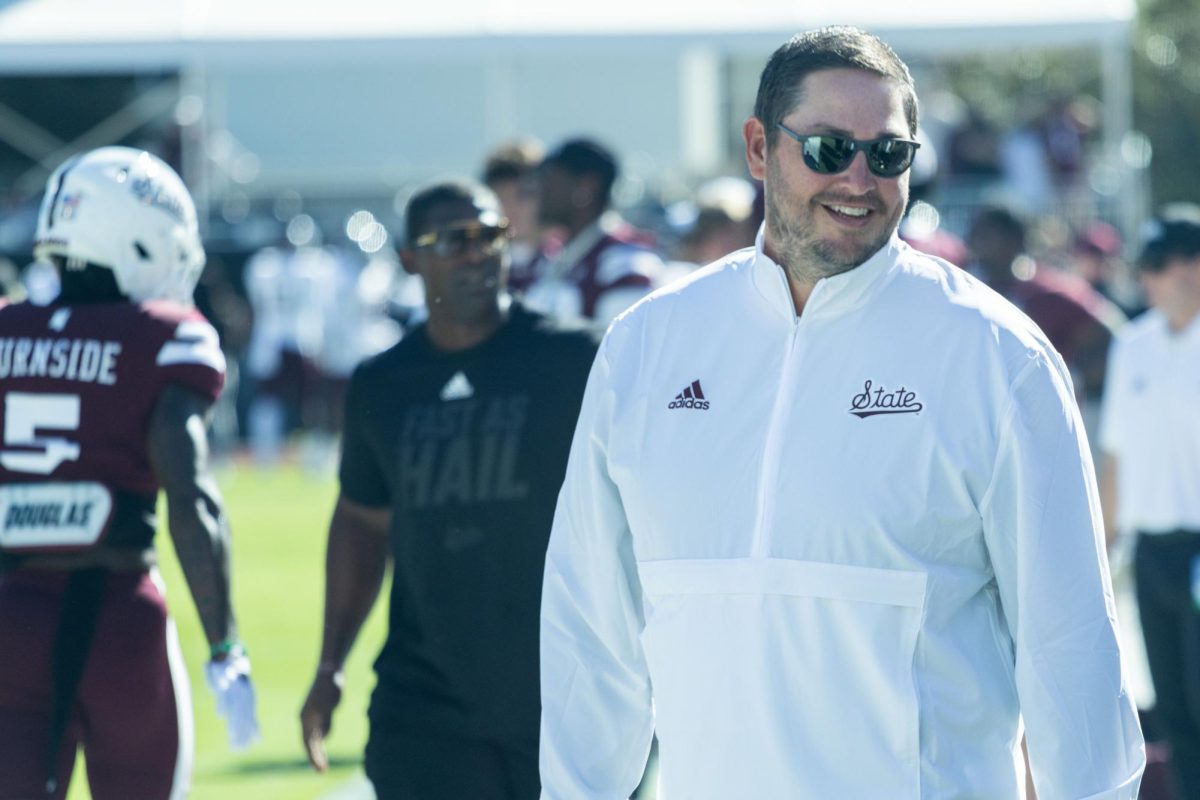Moses Malone, Kevin Garnett, Kobe Bryant and Lebron James are just a few of the big names who entered the NBA draft straight out of high school and went on to have successful professional careers.
2005 was the last NBA draft where a player would have such an opportunity. That summer, the league negotiated a new collective bargaining agreement, and one of the new rules negotiated in that agreement was the raise in age for players to be eligible for the NBA draft.
Under the new rules, a player had to be at least 19 years old and one year removed from his high school class to enter the NBA draft. David Stern, the NBA commissioner at the time, said he wanted the league’s scouts and general managers out of high school gyms and that too many young, urban Americans incorrectly saw the NBA as a sure path to fame and financial security.
Some of the top high school prospects at the time disagreed with the rule change.
Bill Walker, who was eventually drafted in the second round in 2008 and is now in the D-League, said, “I’m against it. I don’t see why you have to be 19 to play a game of basketball when you can be 18 and go to war for our country and die. It’s ridiculous.”
Jerryd Bayless, currently a point guard for the Memphis Grizzlies, said, “It’s not fair at all. If a tennis player can go pro at 13, I don’t understand why a basketball player can’t go pro at 18.”
Proponents of both sides have their beliefs, and I believe both have legitimate cases for their points of view. So the question becomes is the rule fair? Should players be able to enter the NBA draft after high school at the age of 18?
When the rule first came out back in 2005, I was against it, but as I see how the league has benefited and how college basketball has benefited, my view on the rule has changed. I think the rule works. It helps the players, and it helps the NBA teams as well as the college game.
Yes, we have seen players like Bryant or James come out of high school and go on to be great all-time players in the NBA. But for every Kobe or James, there are four or five players like Sebastian Telfair and Kwame Brown who simply are not ready to enter the NBA. It hurts those players by stunting their growth.
A player can only develop so much by practicing and sitting on the bench. There is no substitute for in-game action, which is what players can get if they go to college. Most high school players that would try to go to the NBA just are not good enough yet. They get drafted because of their potential upside, athleticism and measurables.
The problem with that is those players get drafted and end up sitting on the bench. Not only do those players miss the opportunity to maximize their ability for growth, but they also take up roster spots that could go to veteran players who could help an NBA team.
The truth is anybody with superior size and athleticism can look good at the high school level. NBA front offices and general managers should be allowed to see players compete against tougher competition to better gauge how their talents could translate to the NBA level.
We see the benefits of GMs seeing players in college, even for only one year. A couple of years ago, Austin Rivers, a shooting guard for the Pelicans, was the second overall player in his recruiting class. Had players been allowed to come right out of high school, he most likely would have been picked too high in the draft.
Because of the rule, we got to see him at Duke University. Though still a good player, he clearly was not the prospect he was made out to be coming out of high school. That has been the case with many high school prospects who perhaps were good enough to test the NBA waters coming out of high school.
As far as the college game goes, I think it really helps. Now in this glory age of instant, national media and social networking, sports fans know of most high school prospects and many of them gain significant hype coming out of high school. This creates a level of excitement for the college game.
Look at this season, for example. Already, freshmen like Jabari Parker, Andrew Wiggins and Julius Randle are making huge impacts on their teams and intrigue the sports world. The 2013-14 college basketball season could be one of the best and most interesting in some time.
Categories:
NBA eligibility rule benefits college basketball
Forrest Buck
•
November 22, 2013
0
Donate to The Reflector
Your donation will support the student journalists of Mississippi State University. Your contribution will allow us to purchase equipment and cover our annual website hosting costs.
More to Discover







